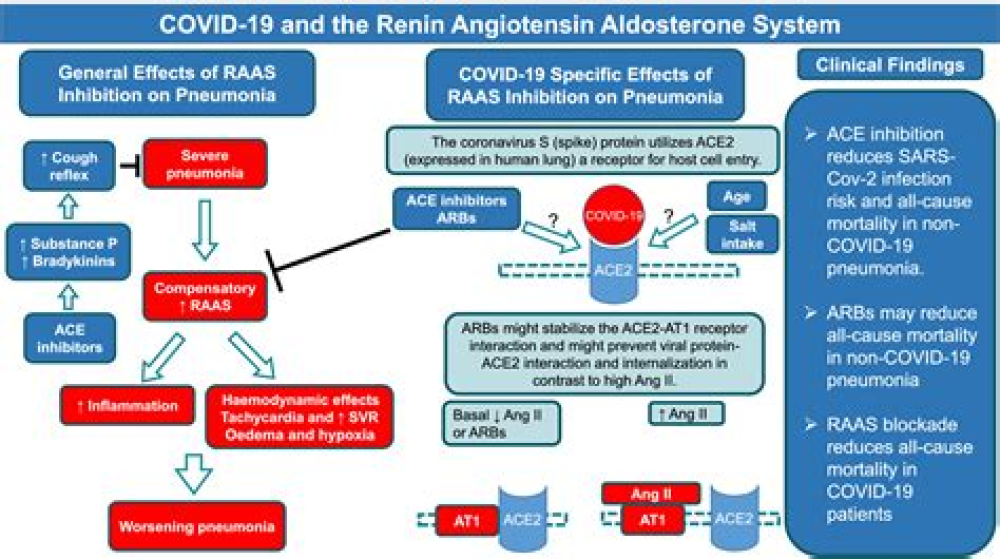Authors: Marion Renaud, MD1; Claire Thibault, MD1; Floriane Le Normand, MD1; et al
Since the pandemic was declared in early 2020, COVID-19–related anosmia quickly emerged as a telltale sign of infection.1,2 However, the time course and reversibility of COVID-19–related olfactory disorders, which may persist and negatively affect patients’ lives, require further study. To clarify the clinical course and prognosis, we followed a cohort of patients with COVID-19–related anosmia for 1 year and performed repeated olfactory function evaluations for a subset of patients.Methods
This cohort study follows the Strengthening the Reporting of Observational Studies in Epidemiology (STROBE) reporting guideline. Participants provided written informed consent. The study was approved by the ethics committee of the University Hospitals of Strasbourg.
In April 2020, we published a study1 about a cohort of patients with polymerase chain reaction–proven COVID-19 with acute smell loss (lasting >7 days). Over the course of 1 year, at 4-month intervals, patients were asked to complete a survey, and their olfactory function was assessed by psychophysical testing (the threshold and identification tests; Sniffin’ Sticks Test; Burghardt).3 Hyposmic or anosmic patients were followed until objective olfactory recovery (normal results were defined as those at or above the 10th percentile). Data analysis was performed from June 2020 to March 2021.Results
We evaluated 97 patients (67 women [69.1%]; mean [SD] age, 38.8 [11.5] years) with acute smell loss beyond 7 days. Of these patients, 51 (52.6%) underwent both subjective and objective olfactory test, and 46 (47.4%) underwent subjective assessment alone (Figure). After subjective assessment at 4 months, 23 of 51 patients (45.1%) reported full recovery of olfaction, 27 of 51 patients (52.9%) reported partial recovery, and 1 of 51 patients (2.0%) reported no recovery. On psychophysical testing, 43 of 51 patients (84.3%) were objectively normosmic, including 19 of 27 (70.0%) who self-evaluated as only partially recovered (all patients who self-reported normal return of smell were corroborated with objective testing) (Table). The remaining 8 patients (15.7%) with persistent subjective or objective loss of smell were followed up at 8 months, and an additional 6 patients became normosmic on objective testing. At 8 months, objective olfactory assessment confirmed full recovery in 49 of 51 patients (96.1%). Two patients remained hyposmic at 1 year, with persistent abnormalities (1 with abnormal olfactory threshold and 1 with parosmia causing abnormal identification). Among those who underwent subjective assessment alone, 13 of 46 patients (28.2%) reported satisfactory recovery at 4 months (7 with total and 6 with partial recovery), and the remaining 33 patients (71.7%) did so by 12 months (32 with total and 14 with partial recovery).
For More Information: https://jamanetwork.com/journals/jamanetworkopen/fullarticle/2781319
